How to decorate the walls in the bathroom besides tiles?
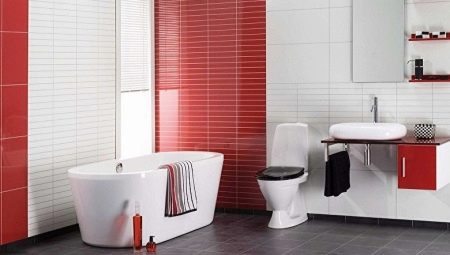
In the minds of many of our compatriots, the tile and the bathroom are inextricably linked, but this combination has a lot of disadvantages. Firstly, tile cladding is traditionally quite expensive for the customer, and secondly, with all the modern variety of tiles, you would hardly be able to find your original vision of the interior if there were no alternatives.
If you approach the solution to the problem wisely, you can find many ways to decorate walls without using tiles.
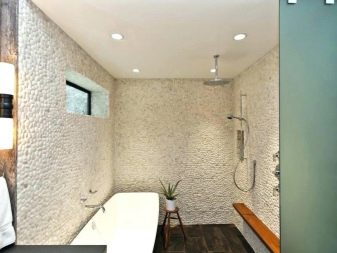
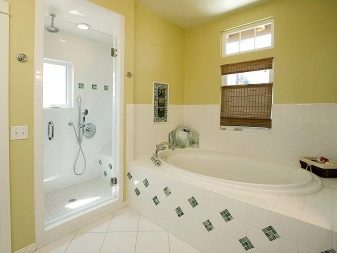
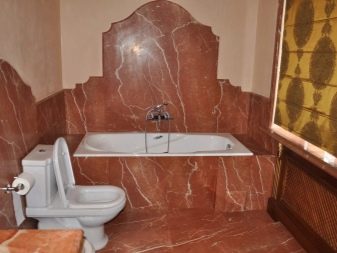
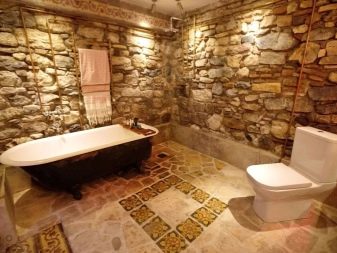
Requirements
If you decide to decorate the walls in the bathroom with anything other than tiles, when choosing finishing materials, you will have to check the compliance of potential alternatives with a number of criteria that are fundamental in a bathroom.
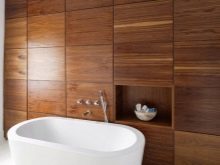
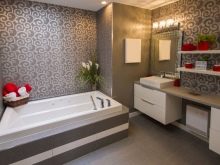
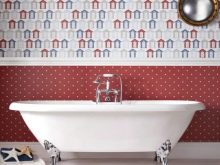
Moisture resistance
Splashes and water vapor in the air are the main destructive factors in the bathroom, which the decoration chosen instead of the tile must be able to withstand. In addition, if installation is carried out on an additional frame, then it must either correspond to the level of moisture resistance, or be reliably protected.
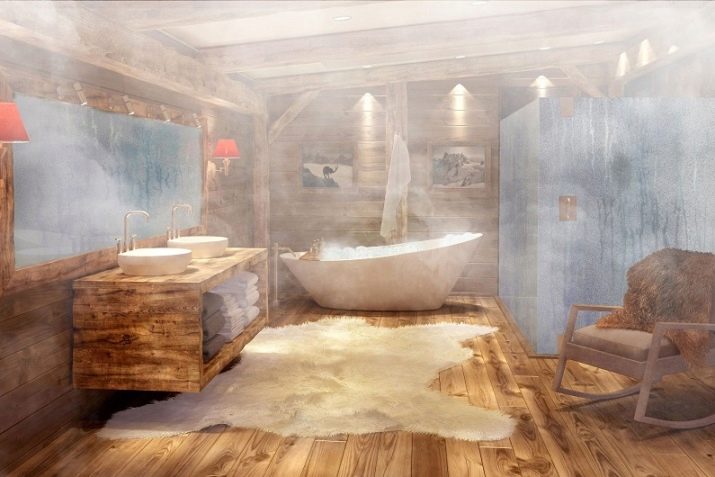
Durability
Due to the abundance of plumbing and the need to use the most resistant materials, they try to make repairs to the bathroom as rare as possible, because it is better to revet it once with expensive and high-quality material than to save money today and pay again in a couple of years.

Antiseptic
High humidity and high temperature in the bathroom are ideal conditions for the multiplication of any pathogenic microorganisms. The cladding should not once again contribute to their presence.
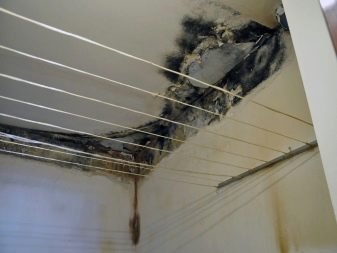
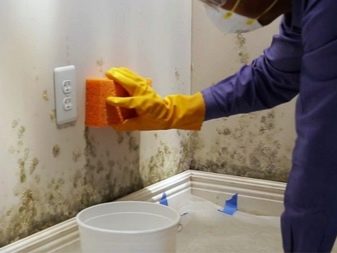
Strength
In the bathroom, you should not rely on the accuracy of handling the repairs - here he is under pressure from heavy plumbing, and he can also be prone to shock if someone accidentally loses his balance. To avoid problems with repair it is worth choosing reliable and shock-resistant materials.
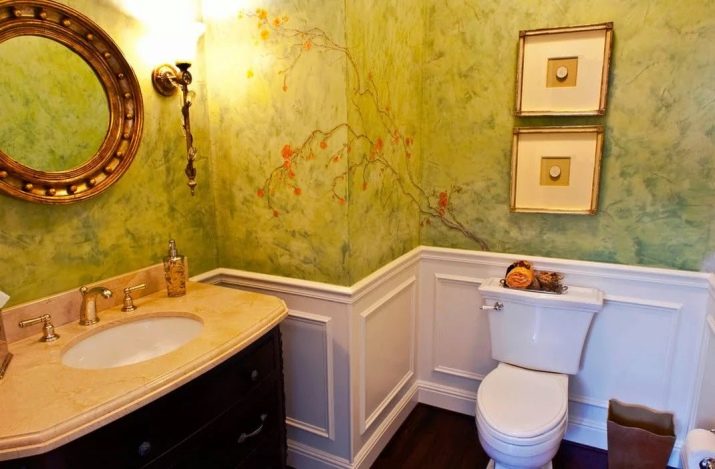
Care
Preference is given to those materials whose structure requires a minimum number of pores. Due to this structure, dirt is less absorbed into the finish and does not need to be cleaned so often, and the cleaning procedure itself turns out to be simpler and more convenient.
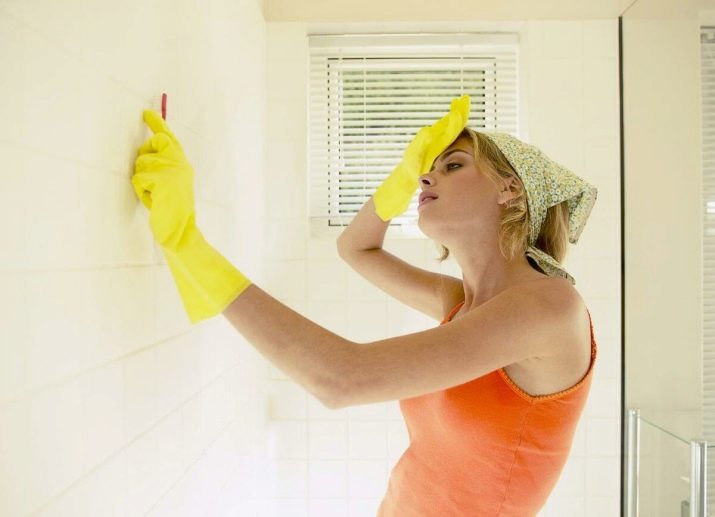
Ease of installation
This criterion is also important if you decide to do the repair yourself, as well as when you call the master. In the first case, you greatly simplify your task, in the second you can spend less on paying for the services of an employee.
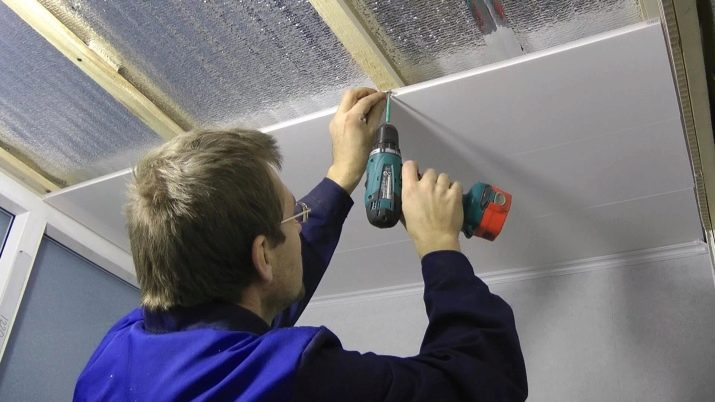
Environmental friendliness
Unfortunately, many modern materials are rightly criticized for the release of toxic fumes, especially when heated. In the bathroom, where you are generally not protected from the effects of the surrounding atmosphere, and that is almost always slightly warmed up, the choice of sustainable materials is extremely important.
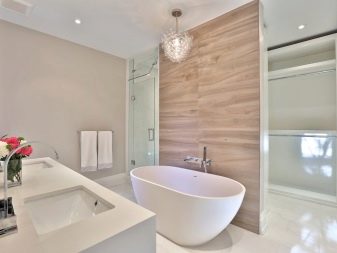
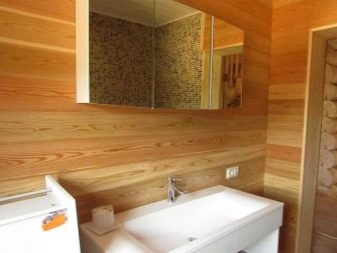
Chemical resistance
The durability of the cladding largely depends on how easy it is to clean it from the resulting contamination, but sometimes aggressive chemicals cannot be dispensed with. It is necessary to choose such finishing materials, which themselves are not destroyed by "chemistry", otherwise your repair will live only until the first cleaning.

Can natural materials be used?
Connoisseurs of classic interiors probably sleep and see their bathroom, trimmed with wood, especially since even in the baths this type of cladding is widespread and does not cause any particular complaints.
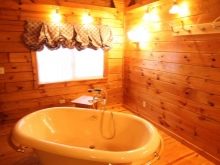
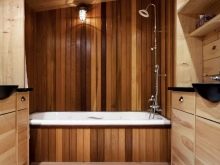

You can make such a repair, but it is worth considering separately all types of material.
The most demanded (and at the same time expensive) is natural wood. The material used is solid oak, cedar, alder or maple - this is not only completely environmentally friendly, but also quite strong and durable material.
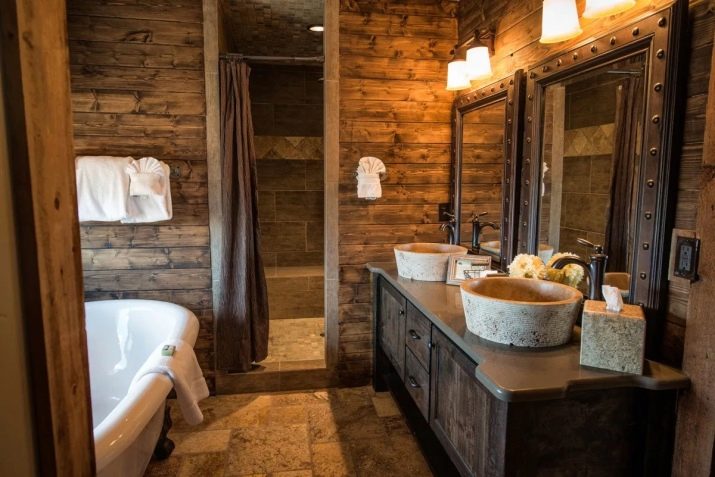
At the same time, the tree is afraid of water and from contact with it begins to rot, therefore it is important to use impregnations based on oils, waxes and other substances that protect against moisture penetration and repel dirt. Laying wood on the floor, as well as in those places of the wall where contact with water is very likely, is still undesirable, but in all other parts of the bathroom, the durability of the repair strongly depends on how often the impregnation is renewed.
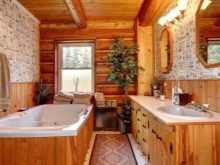

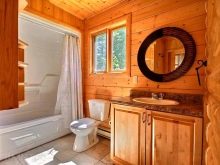
The MDF version is not so much inferior to natural wood in terms of its characteristics, although it is an artificial material - these are small chips, pressed under high pressure and with significant heating.
For obvious reasons, such panels are much cheaper, but the material is still considered environmentally friendly - no additional glue is used in the production process.
With the same impregnations, MDF will last quite a long time, and it’s not so a pity to change these panels.
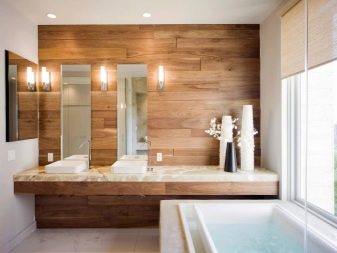
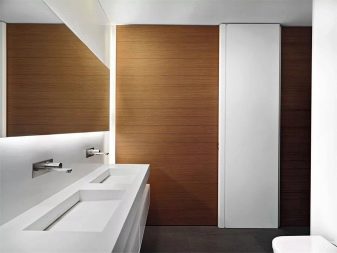
Fiberboard and chipboard are very cheap, but they are suitable for a bathroom only with a stretch. Fiberboard still has relative water resistance, therefore it can be used in areas where direct contact with water is not expected, but particleboard is quite an extreme option. Chipboard is fragile and very afraid of moisture, so its installation is reasonable unless in a company with a very powerful fan, and this material also releases harmful toxins.
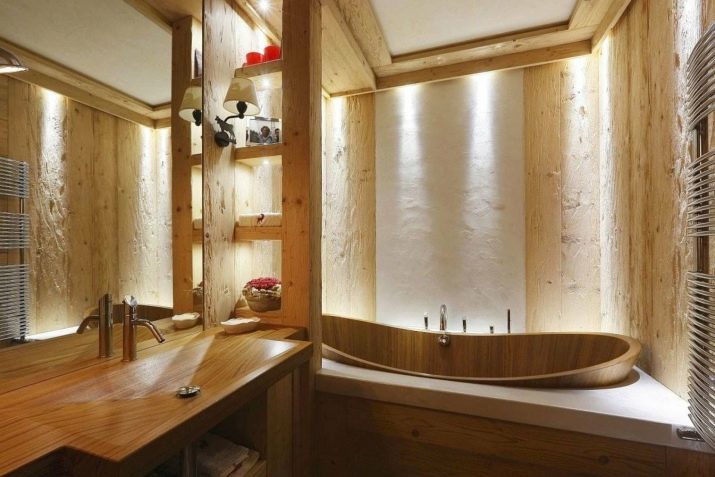
Wallpaper options
Modern manufacturers are ready to offer customers slightly more expensive waterproof wallpaper, whose gluing is appropriate even in the bathroom.
The disadvantage of this type of finish is the need to pre-align the walls, but then you get a huge space for creative imagination, you can choose from a huge assortment of patterns and designs, or glue wallpaper for further painting.
Besides, this cladding option allows spot repair - instead of a damaged or too dirty fragment, you simply glue another one of the same from old stocks.
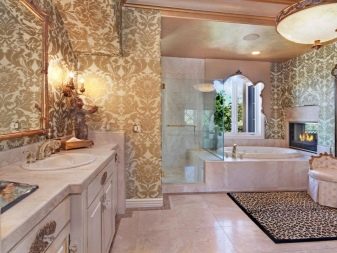
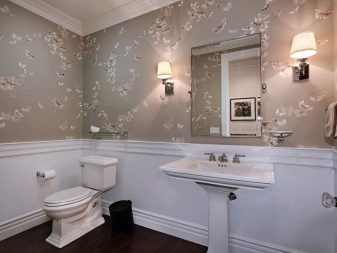
In order not to be disappointed with the result, pay attention to the following types of wallpaper:
- washable - they are based on ordinary paper, but on the outside they are covered with a thin waterproof film, due to such an engineering solution, both a practical and inexpensive coating are obtained;
- vinyl - they are expensive, but their outer layer is not afraid even of direct contact with water, so the cladding will last a long time;
- self-adhesive - in fact, they are a polymer film that is not afraid of moisture, and therefore it is often pasted over with it sections of the wall directly near the plumbing;
- liquid - contrary to the name, in fact, they are not at all wallpaper, but are more suitable for the description of plaster, albeit with the inclusion of cellulose fibers, and are great for decorating a bathroom;
- glass wallpaper - these are rolls based on fiberglass, which are fundamentally indifferent to the effects of moisture, they are produced in white with a relief texture and suggest subsequent dyeing, which is permissible up to 10 times;
- wallpaper - in the presence of a hydrophobic film, they are able to withstand operation even in high humidity conditions, while making the bathroom design as interesting and unusual as possible.
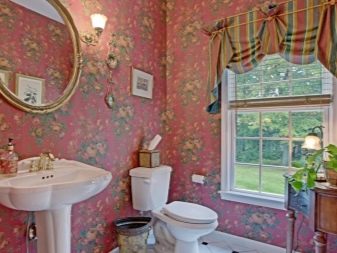
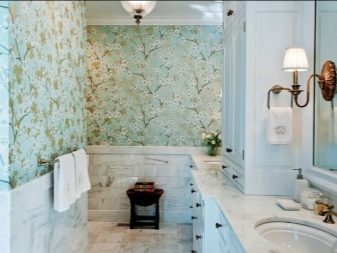
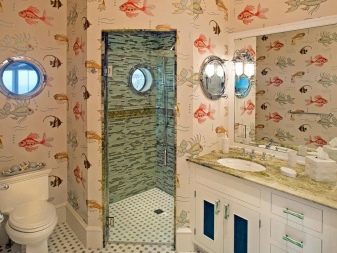
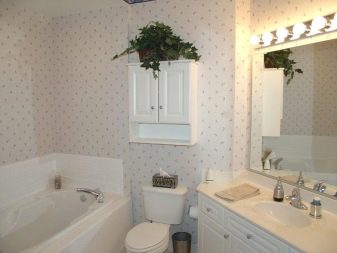
Plastic paneling
The decision to sheathe the bathroom with plastic is considered one of the most popular after the choice in favor of tiles. Such popularity seems reasonable, because consumables, like work, cost a penny, but the finished renovation will serve the owners of the apartment for a long time.


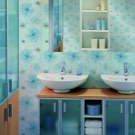
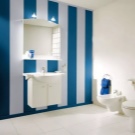
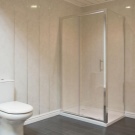

Experts distinguish the following features of plastic panels, for which it is worth choosing this particular material:
- environmental friendliness - for the manufacture, the same type of plastic is used in which food is packed and from which water pipes are made, it is completely safe for humans;
- high temperature resistance - for panels, the critical mark is 370 degrees, but this is unlikely to ever be reached, and even in a fire, the material does not emit particularly toxic smoke, without interfering with the evacuation of people;
- moisture resistance - plastic does not absorb water at all, and its seams are made in the form of waterproof locks, therefore the wall will always be clean and will not contribute to the growth of bacteria;
- ease of installation - the panels can be glued both directly to the wall and to the frame, which allows you to smooth the surface without unnecessary efforts, hide the insulation or communications;
- decent assortment - contrary to popular misconception, the appearance of plastic wall panels can be very diverse, which allows the consumer to experiment with the design of his bathroom at his own discretion.
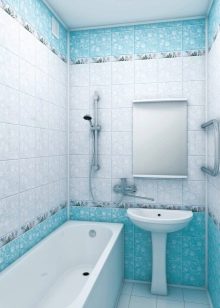
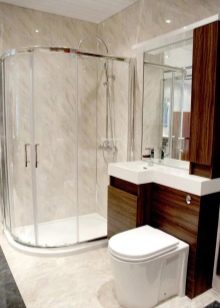
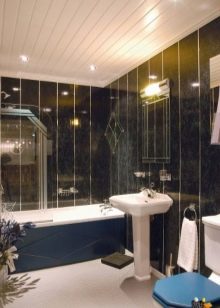
Using drywall
In recent decades, drywall has become one of the most popular building materials, not only for rough work, but also as a cladding. An ordinary variety of this material does not react very well to contact with moisture, because it is worth using moisture resistant types, or even better - special gypsum vinyl panels.
In fact, this is the same drywall, only the outside is covered with a waterproof vinyl film - approximately the same as on vinyl wallpaper.

Realizing the desire of the buyer for maximum simplicity and speed of repair, many manufacturers perform pasting with already decorated vinyl film. Thanks to this, you can decorate the interior of the room by simple installation of panels without additional operations, although no one forbids using more complex methods - for example, with subsequent self-decoration.
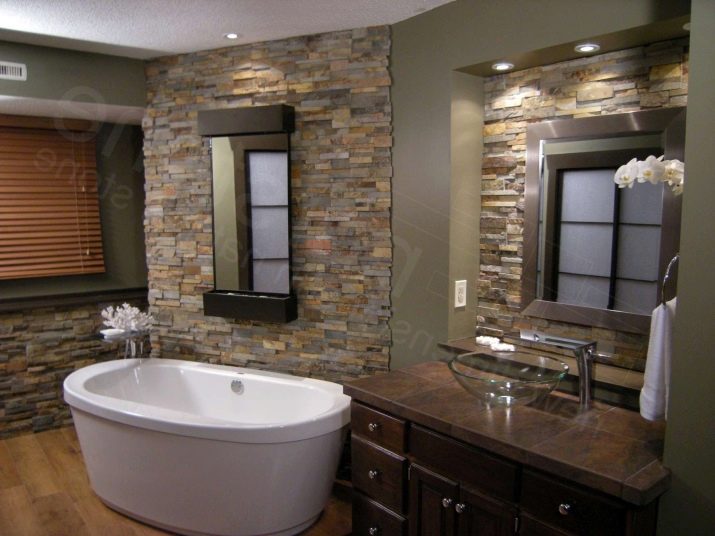
As for the design variability, here manufacturers exploit the plots most demanded by the average consumer. So, are in great demand gypsum vinyl panels that naturally imitate natural materials - wood or stone. Plain products and sheets decorated with the same type of repeating ornament are also in demand.
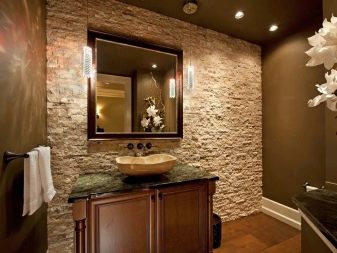

Advantages and disadvantages of paint
Sometimes you don't need to invent anything new if you can use the old proven method of painting the walls with waterproof paint. This solution has many advantages:
- saving - you are unlikely to find at least one cheaper alternative, even if you have chosen a fairly expensive paint;
- design variability - experiment with colors, dose color, mix shades, and if you have talent - create real masterpieces on the bathroom wall;
- ease of implementation - as a rule, hired workers are not involved in such work, you can paint the bathroom yourself, and quite quickly.
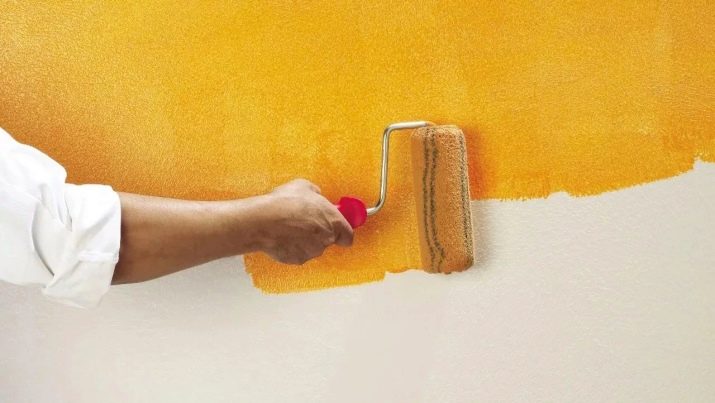
If you have already gone to buy paint, do not be so hasty - it has several drawbacks that may cause you to change your own mind.
Firstly, the whole charm of such a cladding will be revealed only if the surface of the wall is initially flat; if not, you will definitely not save time, money, or energy. Secondly, not any paint is suitable - by choosing the cheapest water-dispersion paint, you risk making repairs for just a few days.
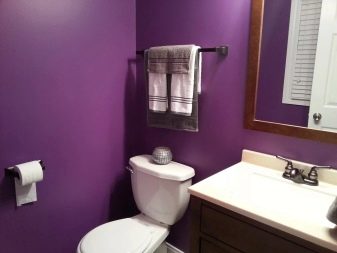
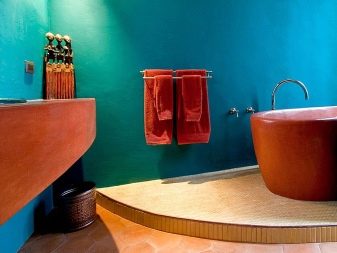
In order not to be mistaken when choosing a paint, we will consider those of its options that may be appropriate in a bathroom.
- Acrylic paint good because it is produced in a variety of colors, and you can experiment with the color scheme. It is suitable for painting all types of surfaces except metal. Moisture is not terrible for this facing material, but it is relatively cheap.

- Latex paint good for its elasticity - it will not crack, even if the walls shrink over time. In addition, this material covers the wall with a fairly thick layer, therefore it is able to hide cracks up to 1 mm in size, which means that you can no longer level the wall so diligently.
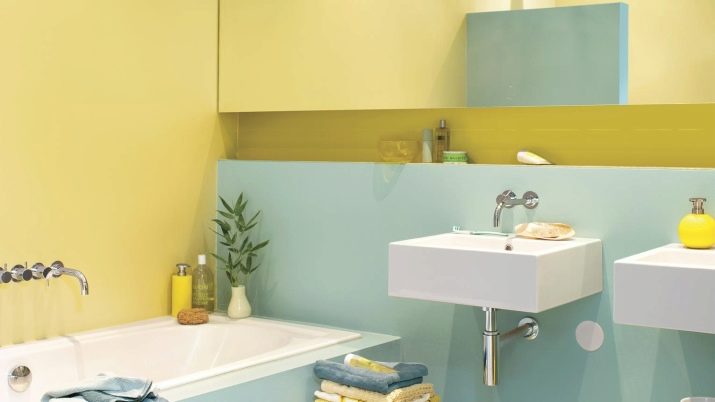
- Silicone paint it is used even for outdoor decoration, so that its use indoors is all the more appropriate. Its advantage is that it is not afraid not only of water, but also of serious mechanical stress, and the only thing that stops an interested buyer is its high cost.

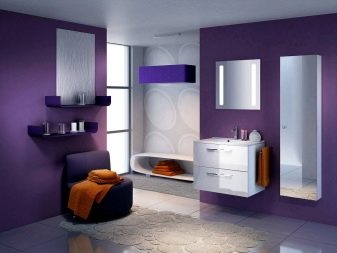
What is the best choice?
Each consumer must answer this question himself - it all depends on what specific results they would like to get.
So, if you want to carry out repairs as cheaply as possible, you should pay special attention to the paint - here the material is extremely budgetary, and there is no need to attract hired workers.

Connoisseurs of attractive design should pay special attention to wallpapers - they offer the widest choice of design solutions.
However, it all depends on the degree of talent of the designer - if you have a remarkable gift for drawing, then no photo wallpaper will make your bathroom more original than a landscape or still life made with your own hands.
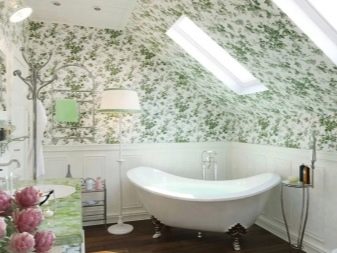
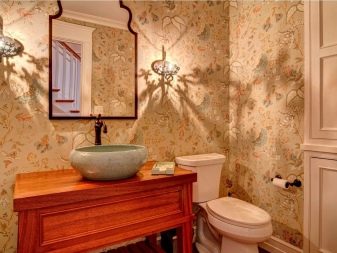
As for durability, according to this criterion, the most profitable solution seems to be natural wood, but with one caveat: although you will not change the main cladding, you will have to renew the impregnation several times.
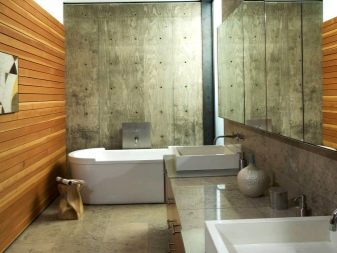

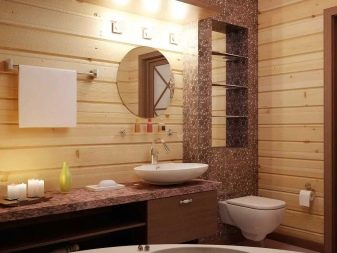
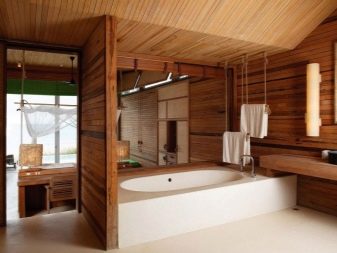
Of the alternatives, the most preferable seem to be plastic panels, decorative drywall and vinyl wallpaper.

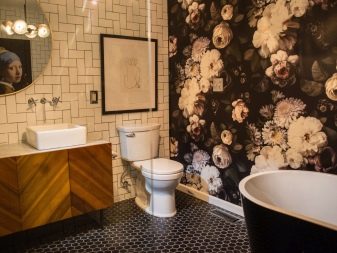
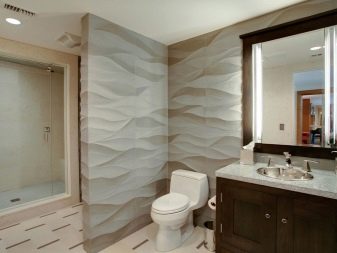
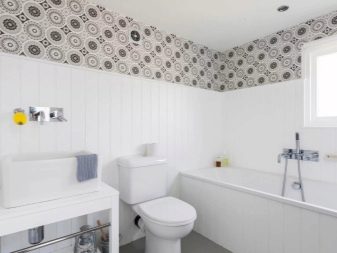
In the next video you will learn how to quickly and in an original way to decorate the walls in the bathroom "under the rain".








